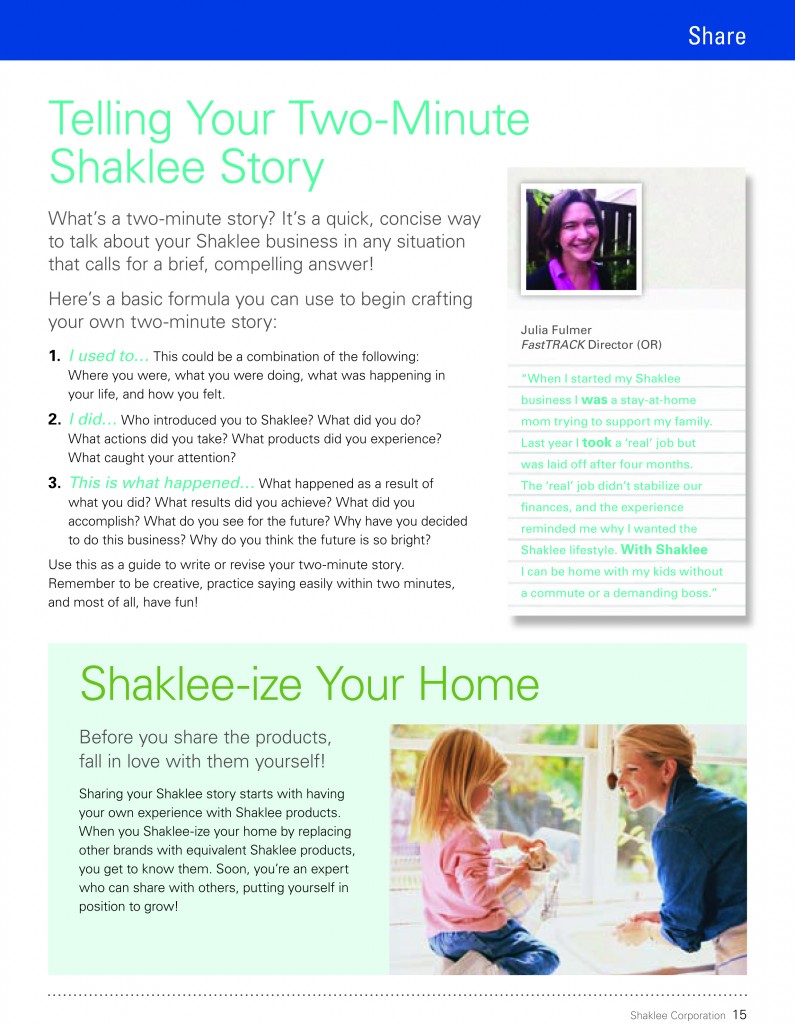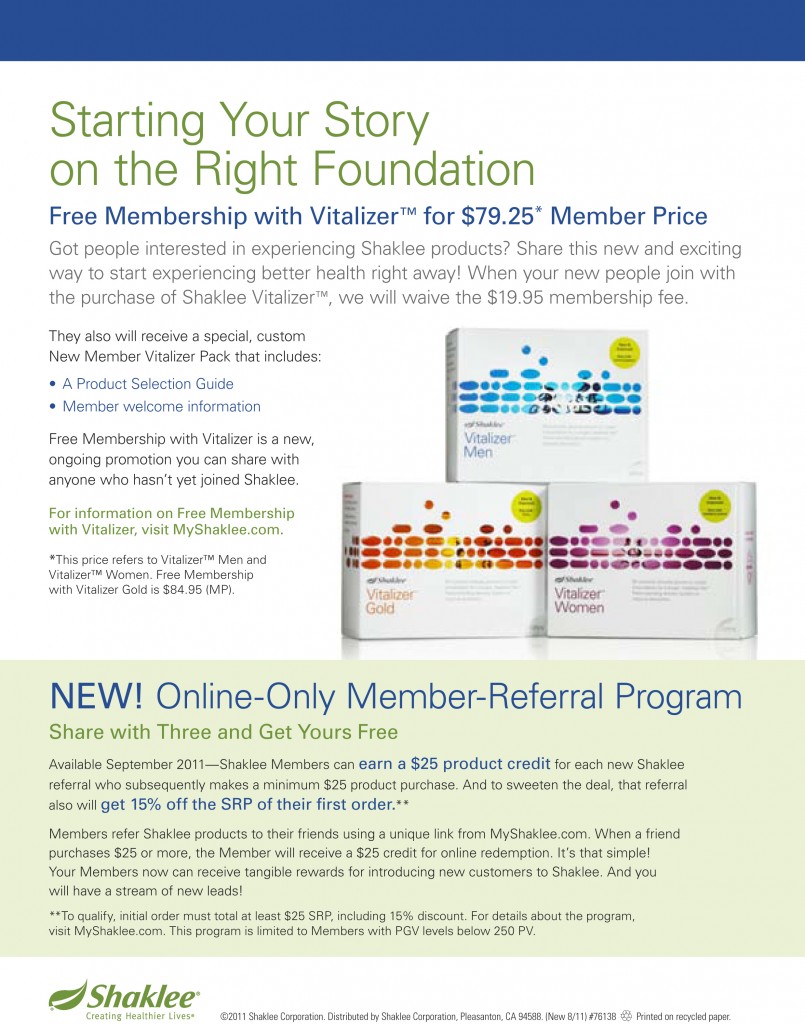I posted a basic bread recipe earlier this month, but I thought I’d share the second one that I learned from good ol’ Betty. She says this one is crustier, but they actually turn out pretty much the same. I’m including my helpful hints at the bottom this time. You’ll have to let me know what you think.
Ingredients:
- 2 packages of active dry yeast (about 1/2 oz)
- 2 C warm water 105-115F (to activate the yeast)-this part is kind of tricky. Too cold & the yeast doesn’t do anything, too hot & you kill it.
- 2 T sugar (to feed the yeast)
- 1 T salt
- 1/4 C salad oil (I use olive oil)
- 6-6.5 C all purpose flour (if you’re using self-rising flour, leave out the salt)
Items that will come in handy:
- a stand mixer or strong arms
- a mixing bowl to mix all of your ingredients in
- a big bowl to let the dough rise in (you can also use this bowl to measure out your flour in if you want to make sure you don’t lose count in the middle of the action)
- two loaf pans or a big cookie sheet
- a rolling pin
- a big clean surface to roll out your dough on
- a clean towel to drape over the rising dough
- lots of measuring devices
- a brush for the butter
- wire cooling racks
I’m going to assume you read the first recipe or the back of your yeast packet with the “how to” on dissolving yeast. It’s easy, just add water. Put all of your ingredients (but only half the flour) into a big bowl and mix until smooth. Add enough of the remaining flour to make the dough easy to handle (not a sticky mess, these aren’t biscuits)
Knead the dough on a lightly floured board (or with the dough hook in your stand mixer) until smooth and elastic (8-10 minutes). Put it in a big bowl, brush the top with oil and let rise (covered) until double (only 45 minutes for this one).
Punch it, divide in half, and roll it out into a rectangle (or shape into balls) and shape it into that tidy little rolled rectangle with all the seams sealed and put it into a greased pan seam side down. Brush those loaves with salad oil and let rise another hour (again, double).
These bake at 400F for 35 minutes and will again sound hollow when done.
Some alternatives:
Betty suggests braiding it (divide it into 4, then divide each 4th into 3 strands, make some dough snakes and braid those pieces). Braided bread only rises for 30 minutes and cooks at 375F for 30 minutes.
I’ve also got a little note in my cookbook (on a hand written post-it “note to self” style) that for fluffier bread, I should let it rise 1.5-1.75 hours the first time, then shape it and let it rise only 20-30 minutes the second time. Then I leave it in the oven while the oven pre-heats (to finish rising) and cook it for 30-40 minutes. Sounds like a fun thing to try if your bread is too dense.
Helpful hints:
A loaf pan with a lid will give you a nice even crust and a denser bread.
Loaves in a pan:
- To shape loaves: roll the dough into an 18×9 inch rectangle and then roll it up from the short end (for a cinnamon loaf or other loaf with swirl of yummy inside, this is when you put the goodies inside and roll them up). When it’s all rolled up, press the ends to seal and fold the ends under, putting the seam side down in the greased pan.
- When baking, stagger the loaf pans on the bottom shelf of the oven so they do not touch each other or the sides of the oven. The top of each pan should be level with or slightly above the middle of the oven.
Round loaves on a baking sheet:
- Shape and round the dough into a slightly flattened ball, but don’t tear or pull the dough.
- If baking round loaves on a baking sheet, put the sheet on the center rack of the oven. Stagger the loaves on the baking sheet
Applies to both kinds of loaves:
- For a soft crust, they say brush the loaf with shortening and cover with a towel for a few minutes, but I’ve heard that putting a pan of water under the loaf pan (on the next shelf down) will help that, but I always forget. My bread recipes all have crispy, hard crusts (which I love), but Nathan would prefer loaves with softer crust for sandwiches.
- To test the doneness of your loaves, tap them and listen for a hollow sound.
- When they’re done, remove the loaves from the pans right away and cool them on a wire rack.











 Then for our thank yous, Nathan took a shot from the wedding and designed another awesome postcard with room on the back for us to write lovely things about the gifts people sent. We got so many complements on our invitations and our thank you cards! In fact, we still go to some of our friends’ houses and see them on the refrigerator 5 years later! (and no, I’m not talking about my mom and my grandmother, although they have them up on their fridges too).
Then for our thank yous, Nathan took a shot from the wedding and designed another awesome postcard with room on the back for us to write lovely things about the gifts people sent. We got so many complements on our invitations and our thank you cards! In fact, we still go to some of our friends’ houses and see them on the refrigerator 5 years later! (and no, I’m not talking about my mom and my grandmother, although they have them up on their fridges too).

















